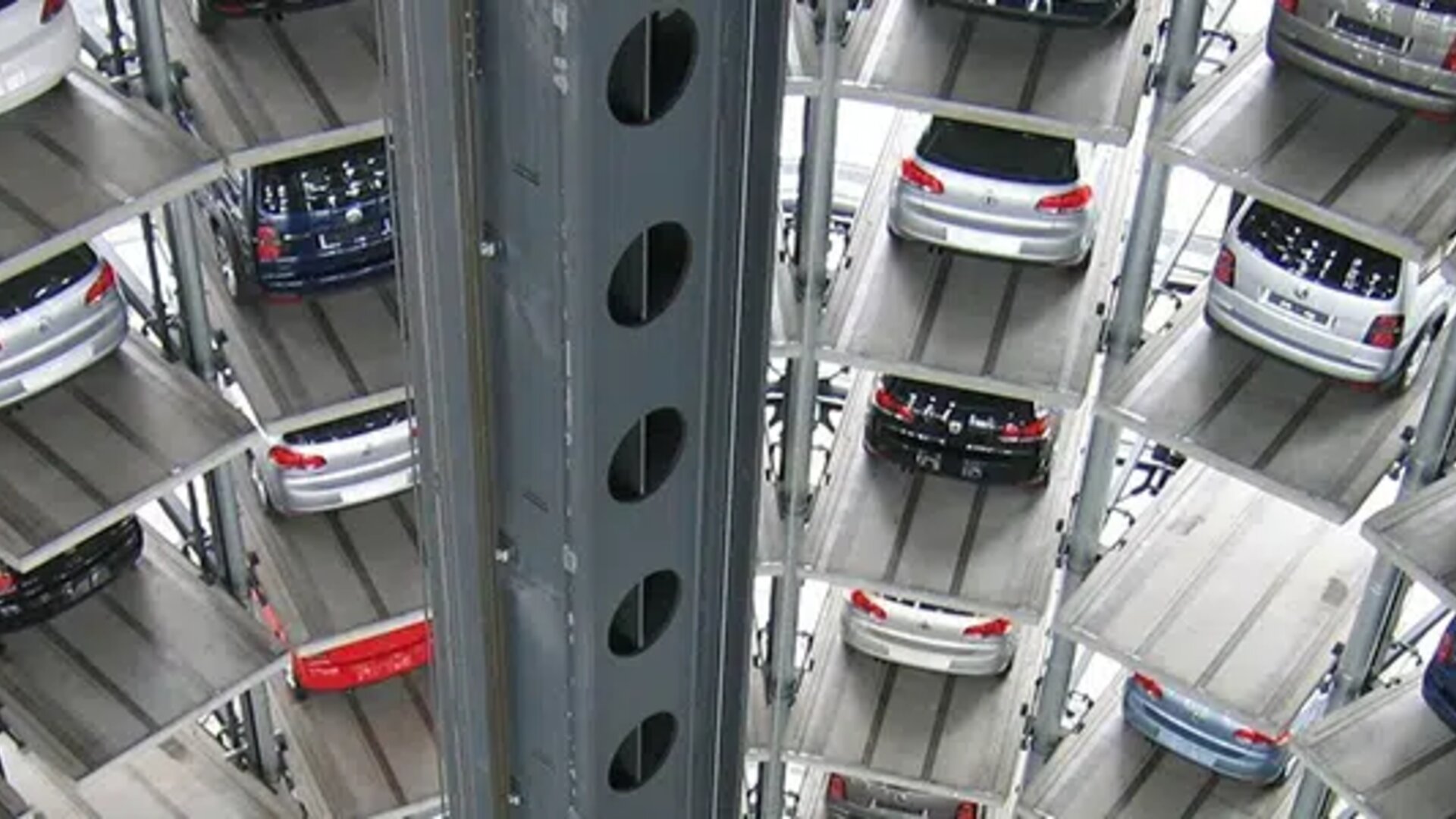Mobility is something we can no longer do without. We all want to get from A to B swiftly and easily, we want to be safe and of course comfortable. Have you ever wondered how vehicles are built? After all, there are so many different individual parts that need to be delivered when needed and assembled correctly. Since I specialize in EDI-based digital processes for the automotive industry at EDITEL, I would like to provide some insight into this fascinating topic. Read this EDI Blog post to learn how you as a provider can score points with so-called OEMs (Original Equipment Manufacturers) by having a professional EDI connection.
Let's start with a few interesting facts about the automotive industry
According to the German Association of the Automotive Industry, approximately 70 percent of a vehicle's value is created downstream or upstream and not by OEMs. To succeed in the automotive industry, nothing can be left to chance because smooth supply chain processes are decisive.
Just think that a vehicle consists of more than a thousand individual parts. Quite understandably, automakers work with many different suppliers. They also purchase important parts from different manufacturers to ensure security of supply. Should one manufacturer experience delivery problems, others can help out. And yet, if a manufacturer makes a major mistake, they might lose their business before they know it.
Digital processes between automotive suppliers and OEMs are increasingly turning into a competitive factor. I would now like to provide some background information in an effort for users to better understand the benefits and relevance of Electronic Data Interchange (EDI).
What is automotive EDI all about?
Roughly said, it is about the standardized exchange of business documents, e.g., invoices, and, more specifically, about the ongoing exchange of logistics-related information. For this purpose, several EDI standards exist. They describe the structure required for the business document in question.
Important EDI standards in the automotive industry include
- ODETTE (the standard of the European automotive industry)
- VDA (the standard of the German Association of the Automotive Industry)
- EDIFACT (a cross-industry international standard that is widely used in Europe and popular in the automotive industry)
- ANSI ASC X12 (a cross-industry standard that is widely used in the US and is popular in the automotive industry)
Even where different standards are used, the principle is always very similar: OEMs, for example, use delivery forecasts to order specific vehicle parts from automotive suppliers. The supplier then fills the order and sends the despatch advice. The merchandise is then delivered, ideally with a transport label (SSCC) that the recipient can scan. In Germany, the use of VDA is being pushed back by the European Automotive Industry's standard, ODETTE, which is based on a similar principle.
These EDI messages are exchanged frequently
- DELFOR (delivery forecast) OEMs use this message to inform their suppliers about their long-term volume requirements so that suppliers can adapt material procurement and production as needed.
- DELJIT (delivery just-in-time) This is how OEMs order specific quantities from their suppliers on short notice, usually on a regular basis. These are parts that require reliable delivery at a specific time because they are usually permanently built into vehicles.
- ASN (advanced shipping notice) / DESADV (despatch advice) Suppliers use this message to inform their business partners (or OEMs) about upcoming deliveries.
- RECADV (receipt advice) OEMs use this message to acknowledge merchandise receipt.
- INVOIC (invoice) Suppliers use this message to invoice OEMs.





